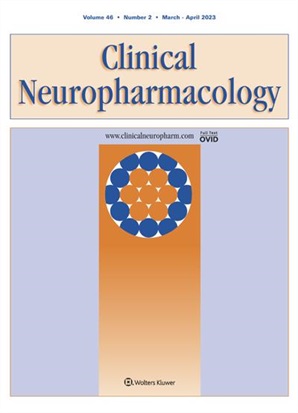
“Background: Spasticity continues to be a very prevalent, highly invalidating, and difficult-to-manage symptom in patients with multiple sclerosis (MS). The aim of this systematic review is to evaluate the effectiveness of the use of cannabis and cannabinoids in these patients, evaluating its use as an additional therapy.
Methods: We performed a systematic review of the literature searching in the major scientific databases (PubMed, Scopus, EMBASE, WOS, and Cochrane Library) for articles from January 2017 to May 2022 containing information about the effectiveness of cannabis and cannabinoids in patients with insufficient response to first-line oral antispastic treatment.
Results: A total of five medium high-quality articles were selected to be part of the study and all evaluated the effectiveness of the tetrahydrocannabinol (THC) and cannabidiol (CBD) spray. The effectiveness of this drug and the significant improvements are produced on the patient-related spasticity assessment scales, obtaining improvement up to 45%; and on quality of life, producing a decrease in the appearance of symptoms related to spasticity, as well as an increase in the development of basic activities of daily living. The average dose is 5-7 sprays/day. The discontinuation rate for these treatments is around 40% due to lack of effectiveness and adverse events. All reported adverse effects are mild to moderate in severity and their incidence is ∼17%, although this figure tends to decrease with drug use.
Conclusions: Adding the THC:CBD sprays have been shown to be more effective in treating MS spasticity than optimizing the dose of first-line antispastic drugs in selected responders patients. The safety and tolerability profiles remain in line with those obtained in other trials. More patients would benefit from treatment if the initial response search period was extended.”







